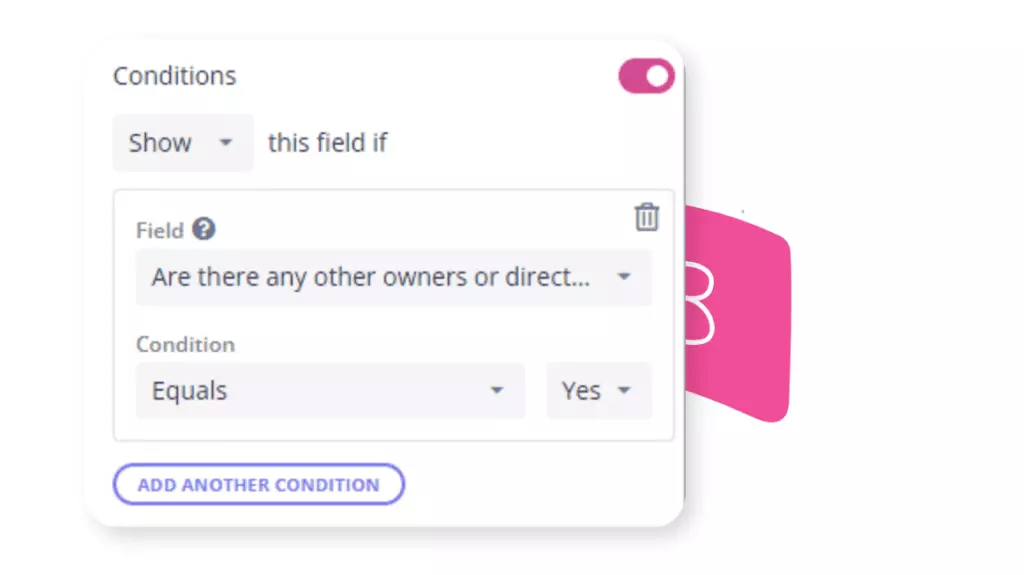The real estate industry is constantly evolving, with countless individuals seeking to make their mark on the property ladder. In the United States alone, millions of houses and apartments change hands each year. With such a steady influx of potential buyers and sellers, real estate agents need an efficient way to handle the process. That's where a real estate client intake form comes in. In this article, we'll delve into everything you need to know about these forms, including what they are, the information they should capture, and the best way to create one.
What is a Real Estate Client Intake Form?
A real estate client intake form is a document used by real estate agents to gather essential information from prospective clients. Think of it as a comprehensive questionnaire that systematizes the process of gathering information, saving your real estate business time and increasing efficiency. There are two types of clients in the real estate market—buyers and sellers. Since real estate agents require different information for each type of client, there are two distinct forms:
Buyer Intake Forms
 A buyer intake form aims to gather comprehensive details about a client's specific requirements, needs, and situation. This allows the real estate agent to match the right properties to the client's profile. Here's what should be included:
A buyer intake form aims to gather comprehensive details about a client's specific requirements, needs, and situation. This allows the real estate agent to match the right properties to the client's profile. Here's what should be included:
1. Contact Details
- Full name
- Email address
- Phone number
2. Property Specifications
- Type of property of interest (house, apartment, condo, etc.)
- Preferred location (city, neighborhood, near a particular school or workplace, etc.)
- Minimum number of bedrooms
- Minimum number of bathrooms
- Ideal size in square feet or meters
3. Property Features and Amenities
- Specific design preferences (balcony, garden, pool, garage, home office, etc.)
- Preferences regarding interior features (appliances, flooring, etc.)
- Accessibility requirements (ground floor, elevator, etc.)
- Desire to live near particular amenities (parks, gyms, shopping centers, airports, etc.)
4. Budget and Financing
- Budget or price range
- Proof of funds availability
- Financing method for the purchase (cash, mortgage, etc.)
- Pre-approval details if a mortgage is required
- Monthly mortgage payment limit
- Need to sell an existing property to finance the purchase (if applicable)
5. Timeframe
- Ideal timeline for purchasing a property
- Any specific deadlines or events impacting the timeline
Seller Intake Forms (Listing Intake Forms)
A seller intake form is designed to gather key information about the property being listed and the seller's situation and expectations. Here's what should be included:
1. Contact Details
- Full name
- Email address
- Phone number
2. Property Details
- Property address
- Type of property (house, apartment, condo, etc.)
- Year the property was built
- Length of ownership
- Whether the seller lives in the property or rents it out
- Number of bedrooms
- Number of bathrooms
- Property size in square feet or meters
- Total size of the lot
- Current condition of the property
- Recent renovations or upgrades made to the property
3. Selling Requirements
- Reason for selling the property
- Desired timeline for selling the property
- Any specific deadlines or events impacting the timeline
- Availability to open the property for photos and viewings
- Interest in buying a new property (provide details if applicable)
4. Pricing and Financial Details
- Expected selling price or price range
- Independent property valuation details (if available)
- Outstanding mortgages or liens on the property
- Current property tax rate (if applicable)
- Preferences regarding potential buyers (cash buyers, young families, etc.)
5. Property History and Disclosures
- Known issues with the property
- Repairs carried out on the property
- Major alterations made to the property (extensions, conversions, etc.)
- Environmental hazards or concerns (flooding, landslides, subsidence, storm damage, etc.)
- Easements or restrictions affecting the property
How to Create a Winning Real Estate Intake Form
Now that we know what a real estate intake form should include, let's explore the process of creating one. While there are numerous tools available for gathering client information, many are ill-suited to the task. For instance, relying on email to create and send real estate intake forms can quickly become messy, especially when dealing with a large volume of clients. Searching through long email threads or digging deep into your inbox for the necessary information can become time-consuming. The same challenges apply to using shared documents and spreadsheets.
That's where a dedicated information-gathering tool like Content Snare comes in. With Content Snare, you can build custom online forms and questionnaires tailored to your needs. Alternatively, you can choose from a wide range of ready-made templates available in our library. These forms allow you to specify the exact information you require from your clients. You can customize responses to be number-based, check-box options, or specific formats like dates or phone numbers.
Furthermore, Content Snare's conditional logic enables the creation of dynamic forms that hide or show questions based on a client's previous responses. This ensures that clients are only presented with relevant fields to complete. In addition to these features, Content Snare streamlines and automates the information-gathering process, allowing you to:
- Send automatic reminders on a schedule
- Approve and reject submissions within the app
- Gain company-wide insights through an intuitive dashboard
- Respond to client queries without relying on email
- Provide a superior client experience
By integrating Content Snare with your existing tech stack via Zapier, you can create a variety of automated workflows. Sounds good, right? With Content Snare, creating the perfect real estate intake form becomes a breeze, enabling you to efficiently gather the information you need to serve your clients better. So, why wait? Give Content Snare a try today!


















